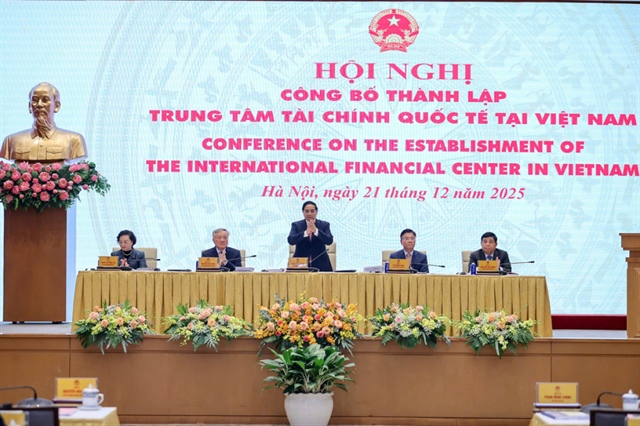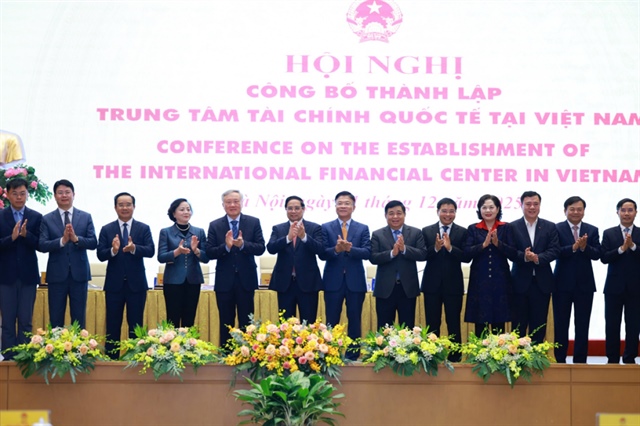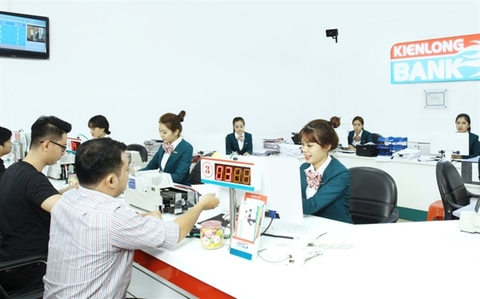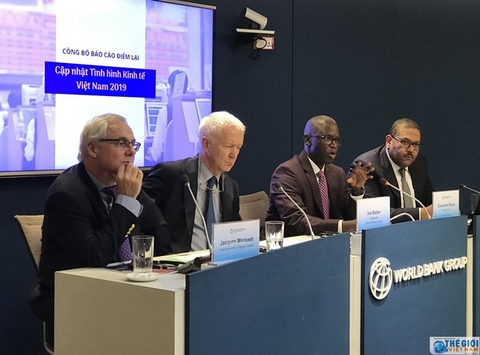Moody’s reviews ratings of 18 Vietnamese banks
Moody’s reviews ratings of 18 Vietnamese banks
Moody’s Investors Service on December 19 evaluated 10 out of 18 Vietnamese banks’ long-term local and foreign currency deposit and issuer ratings and changed the outlooks for these ratings to “negative” from “ratings under review for downgrade.”
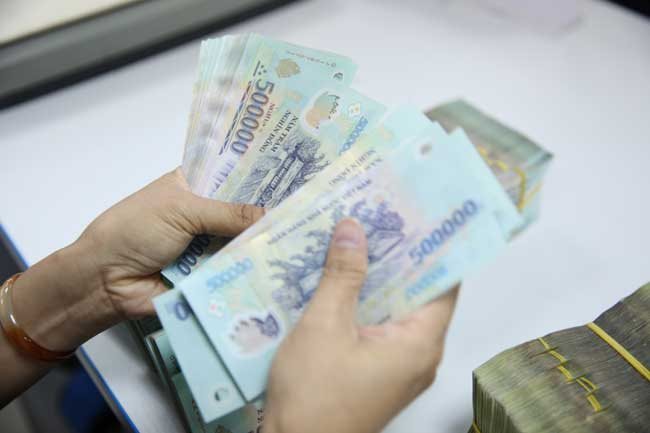
The U.S.-based international rating agency noted in a statement that of the 10 banks, it had confirmed the baseline credit assessments and adjusted four of them, as well as evaluated the long-term counterparty risk assessments and related ratings of six banks.
For another five of the 18 banks, Moody’s confirmed the banks’ long-term foreign currency deposit ratings and changed these outlooks to “negative” from “ratings under review for downgrade.”
Moody’s also confirmed the long-term counterparty risk assessments and related ratings of the remaining three banks.
These rating actions concluded the agency’s reviews for the downgrade of the ratings of these 18 banks, which were initiated on October 10, after Moody’s placed the Vietnamese Government’s Ba3 sovereign rating under review for downgrade on October 9.
The actions on the banks also followed Moody’s confirmation on December 18 of Vietnam’s Ba3 sovereign rating and the change on the same date of the sovereign rating outlook to “negative” from “rating under review for downgrade.”
“Moody’s rating actions on the 18 banks are driven purely by the sovereign rating action, and do not reflect a weakening of the banks’ standalone financial profiles,” stated the agency.
The 18 affected banks are An Binh Commercial Bank, Asia Commercial Bank, HCMC Development Bank, Bank for Foreign Trade of Vietnam, Bank for Investment and Development of Vietnam, Lien Viet Post Bank, Military Bank, Nam A Bank, Orient Commercial Bank, Saigon-Hanoi Bank, Southeast Asia Bank, Tien Phong Bank, Vietnam Bank for Agriculture and Rural Development, Vietnam International Bank, Vietnam Bank for Industry and Trade, Vietnam Maritime Bank, Vietnam Prosperity Bank and Vietnam Technological and Commercial Bank.
The ratings, assessments and outlook of Saigon Thuong Tin Commercial Bank (Sacombank, Caa1 stable and caa2) are unaffected by the agency’s actions.
Moody’s explained that its rating actions on the 18 Vietnamese banks are driven by its confirmation of Vietnam’s Ba3 sovereign rating with a negative outlook, following the conclusion of its review of the sovereign rating.
“Vietnam’s sovereign credit strength is a key input in Moody’s ratings for Vietnamese banks, because the country’s credit strength affects Moody’s assessment of the Government’s capacity to provide support to the banks in times of stress,” it noted.
The confirmation of the sovereign rating reflects Moody’s assessment that enhanced attention by the administration on forthcoming payments of all the Government’s debt obligations, direct and indirect, reduces the risk of renewed payment delays.
The negative outlook reflects some ongoing risk of payment delays on some of the Government’s indirect debt obligations, in the absence of more tangible and significant measures to improve the coordination and transparency around debt management within the administration.
In response, the Vietnamese Ministry of Finance expressed reservations about the rating agency’s decision to change Vietnam’s rating outlook to negative despite the Vietnamese Government’s efforts to enhance coordination and transparency around debt management.
The ministry argued that the outlook downgrade was based on a single incident regarding the Government’s provisional debt obligations and alleged that Moody’s had not taken into account the country’s socioeconomic achievements, improved resilience against external shocks and the enhanced sustainability of the public debt portfolio.
Government agencies have adopted timely measures to improve administrative coordination in debt payments, ensuring no loss to the creditors, stressed the ministry.
It also reiterated that the Government is serious about fulfilling its commitments to make debt payments to its development partners and international financial institutions on schedule. This was clearly demonstrated when the Government accepted responsibility as the guarantor for debt payments, even though it had yet to receive a formal request from the creditor.




